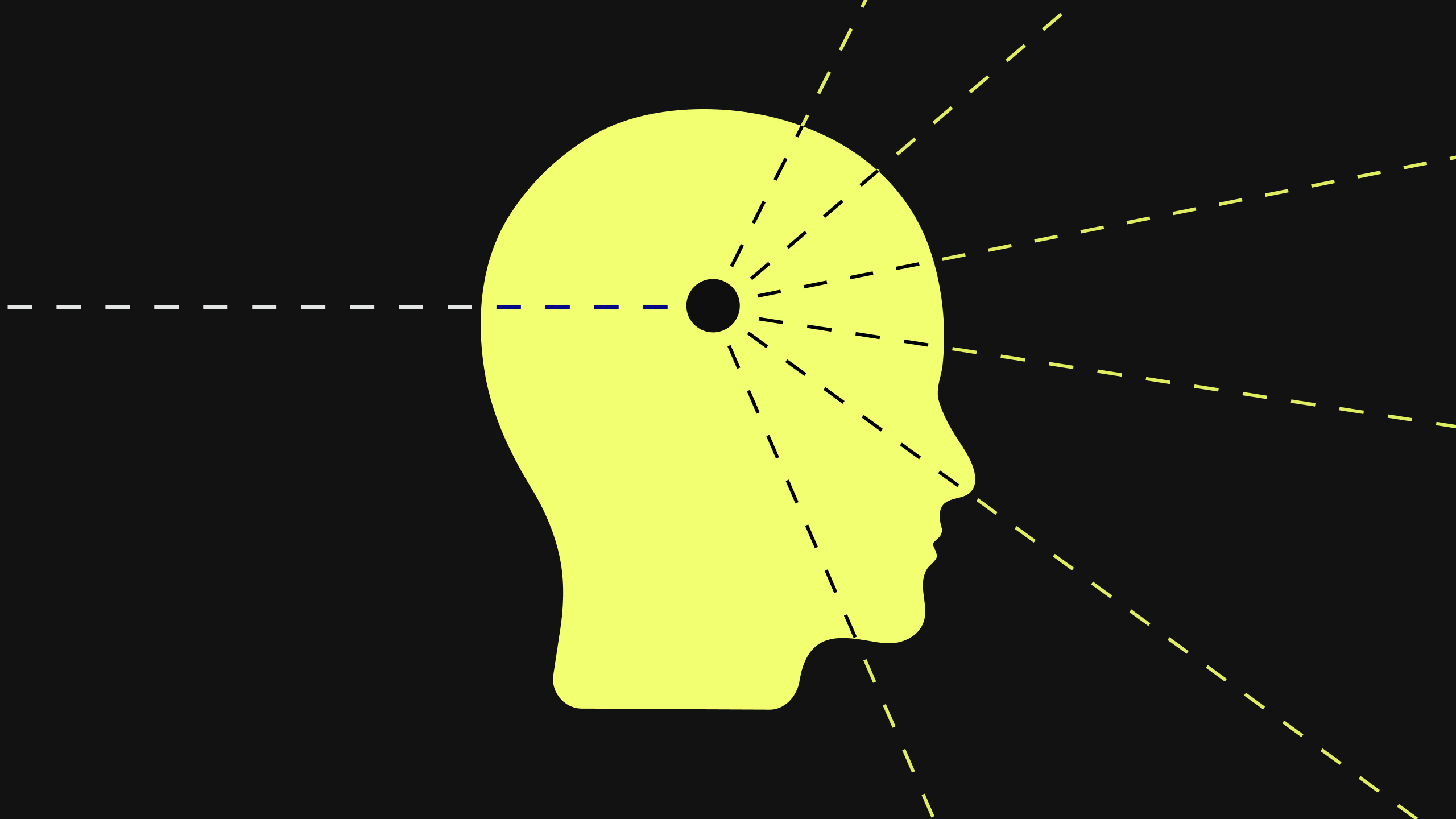
Key Takeaways
Employee resistance to AI is often a logical response to the implementation of inaccessible, opaque, and adversarial AI tools. To overcome this, you should choose a different class of AI that is built on a foundation of natural language.
- What it does: By allowing business users to build and manage automations in plain English, this type of AI removes the fear of the unknown. The ability to see and understand the logic behind the automation builds trust, and a human-in-the-loop design fosters a sense of partnership rather than replacement.
- The business impact: The key to overcoming AI resistance is not through change management, but by selecting technology that is designed to empower employees from the start.
For years, business leaders have been told a consistent story about technology adoption: change is hard, and you must manage your employees through the inevitable friction. When it comes to artificial intelligence, this narrative is amplified. The conventional wisdom is that AI resistance is a natural, almost unavoidable human problem—a standard case of resistance to change in the workplace that requires a heavy dose of top-down change management. But what if this diagnosis is fundamentally wrong?
What if the widespread employee resistance to AI isn’t an irrational fear of the future? What if it’s a perfectly rational response to the tools being implemented? Employees are not resisting efficiency or innovation. They are resisting complex, opaque, “black box” technologies that are done to them, not built for them. The friction isn’t with the idea of AI; it’s with the experience of using it.
This article offers a new playbook for leaders. It’s a guide to dissolving AI resistance by design, simply by choosing a different class of AI. The most effective strategy isn’t a communications plan to change your people’s minds; it’s the adoption of a platform that was built to empower them from the very start. The problem of AI resistance is not a people problem; it’s a technology problem.
Misdiagnosing the Root of Employee Resistance to AI
When a new AI initiative is met with skepticism or pushback, the typical response is to roll out a classic change management campaign. Leaders hold town halls, send newsletters, and emphasize the benefits of the new technology, all in an effort to overcome what they perceive as an emotional barrier to progress. This approach to overcoming employee resistance often fails because it treats the symptom—the resistance—without ever addressing the underlying cause.
The employee resistance to AI that most organizations face is not an emotional reaction; it’s a logical one, rooted in three legitimate concerns created by first-generation AI and automation tools:
- They Are Inaccessible: Most automation platforms are built for developers. They require a procedural mindset, an understanding of complex logic flows, and often, a working knowledge of code. When you present a tool like this to a finance or HR expert, you are not empowering them; you are asking them to become a different type of professional. This complexity creates a natural and significant barrier, fueling AI resistance.
- They Are Opaque: Traditional automation tools, especially those leveraging early forms of AI, operate as “black boxes.” A business user inputs data, and an answer comes out, but the logic in between is hidden. When a process goes wrong, it’s impossible for the business expert to know why. This lack of transparency breeds distrust and is a major driver of employee resistance to AI.
- They Are Adversarial: The narrative of automation has long been one of human replacement. Many tools are designed to simply take over tasks, positioning the technology as an adversary to the human worker. This framing inevitably leads to employees’ resistance to automation, as they see the tool as a direct threat to their value and job security.
No amount of change management can fix a tool that is fundamentally not built for the person who is supposed to use it. This is the core reason why so many AI initiatives stall, failing to move beyond the pilot stage. The AI resistance is a signal that the technology itself is the problem.
Dissolving AI Resistance by Choosing a Better Technology
The most effective strategy for overcoming employee resistance is not to force a better adoption process, but to choose a better, more human-centric technology from the outset. The antidote to the problems of inaccessibility, opacity, and adversarial positioning is a new class of AI platform built on a foundation of natural language.
When you allow business users to build and manage automations simply by describing them in plain English, you fundamentally alter the dynamic of AI adoption. The fear of the unknown dissipates because the tool operates in the language of the user. The distrust from “black box” systems is replaced by the clarity of human-readable processes. The threat of replacement evolves into a partnership.
This approach effectively dissolves the root causes of AI resistance before they can even take hold. It proves that the challenge of employee resistance to AI is not an inevitability to be managed, but a design flaw to be avoided. This is a crucial insight for leaders planning any automation initiative. Addressing staff resistance to automation is a function of choosing the right tool.
The Three Pillars of an Adoption Ready AI Platform
To bypass the entire cycle of AI resistance, leaders should evaluate potential platforms against three core pillars. These pillars are the foundation of a system that fosters advocacy, not animosity, and ensures that your investment in AI empowers your team rather than alienating them. This is the modern playbook for tackling employees’ resistance to automation.
1. Accessibility: Dissolving Fear with Natural Language
The most significant barrier to AI adoption is complexity. By choosing a platform that uses English as its code, you eliminate this barrier. Your finance, HR, and operations experts no longer need to become quasi-developers. They can leverage their deep subject matter expertise to build powerful automations simply by describing the steps. This accessibility is the first and most critical step in preventing AI resistance. It turns a potentially intimidating technology into a familiar and manageable tool. This is the key to overcoming employee resistance before it starts.
2. Transparency: Building Trust Through Clarity
You cannot have adoption without trust. A platform that allows users to see, understand, and verify the logic of an automation is inherently trustworthy. When a process is written in plain English, it becomes its own documentation. Anyone on the team can read it and understand exactly what it does and why. This is a radical departure from the opaque nature of traditional automation. This transparency is further enhanced by a neurosymbolic AI architecture that is designed to eliminate AI hallucinations, ensuring that the system operates with precision and reliability. This clarity is a powerful antidote to employee resistance to AI.
3. Collaboration: Shifting from Replacement to Partnership
The final pillar is to reframe the relationship between the human and the AI as a partnership. This is achieved through a human-in-the-loop design. When the AI encounters an exception or a scenario it has not seen before, it doesn’t just fail. It proactively engages the correct human expert, explains the problem, and asks for guidance. This collaborative model, a core feature of platforms like Kognitos, does two powerful things: it reinforces the value of human expertise and it creates a system that learns and improves over time. This reframes the AI as a co-worker, not a replacement, which is essential for overcoming the deep-seated employee resistance to AI.
A New Playbook for AI Adoption
The conversation about AI resistance needs a fundamental reset. It is not a challenge to be overcome with persuasion, but a problem to be solved with a better technology choice. The persistent resistance to change in the workplace that so many leaders face when implementing new technologies is often a direct result of the tools themselves.
By choosing an AI platform that is accessible, transparent, and collaborative by design, you are not just buying a better piece of software; you are investing in a more successful and frictionless adoption journey. You are creating an environment where your team members become the champions of automation, not its biggest detractors. The path from AI resistance to advocacy is not about changing your people’s minds; it’s about choosing a technology that was built to empower them from the very beginning.
Discover the Power of Kognitos
Our clients achieved:
- 97%reduction in manual labor cost
- 10xfaster speed to value
- 99%reduction in human error
The most effective way is to choose automation technology that is designed for the end-user. A platform that uses natural language is accessible, transparent, and collaborative. This dissolves the primary drivers of AI resistance—fear of the unknown, distrust of “black box” systems, and the threat of replacement—before they can take hold.
The most effective strategy is to give employees a sense of ownership and control. With a natural language automation platform, business experts are not just users of the technology; they are the builders. By empowering them to create and manage their own automations, you make them stakeholders in the success of the initiative, which is the most powerful way to overcome employee resistance to AI.
Common fears include job displacement, the belief that they will not have the skills to use the new tools, a general distrust of AI’s decision-making process (the “black box” problem), and a loss of control over their own work. Addressing the employee resistance to AI requires acknowledging and solving for these legitimate concerns.








